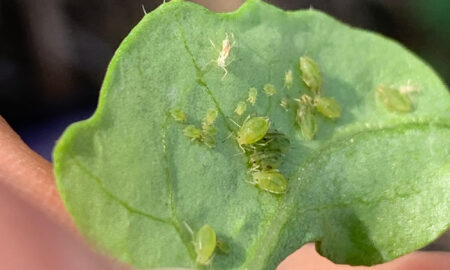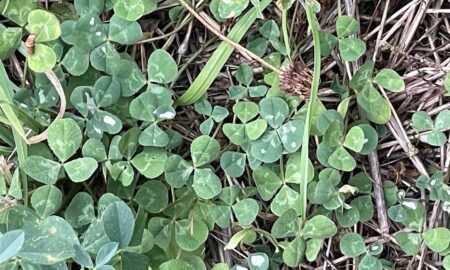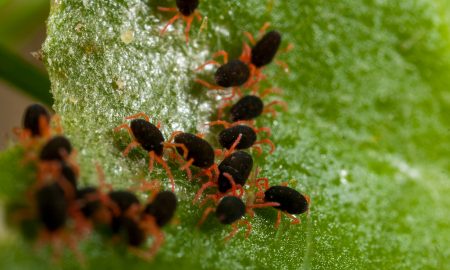For over 18 years, the PestFacts south-eastern team has been helping growers and advisers manage insects in broadacre crops across Victoria and southern New South Wales.
We are thrilled to continue growing the service over the next five years under a recent GRDC project.
If you’re new to PestFacts south-eastern or just want a refresher, here’s a bit about our current service and how we are here to help.
Who we are
PestFacts south-eastern is led by Cesar Australia, an independent research and extension company.
The service is currently run by extension scientists, Julia Severi and Lilia Jenkins, who are passionate about helping growers stay ahead of pest challenges.
Our work is funded under the GRDC project ‘Seasonal status of pests delivered to growers’, which kicked off in April this year.
How we can help you
With expertise in entomology and extension, we support growers and advisers in managing broadacre grain crop pests across Victoria and southern New South Wales.
You’ve found the right place if you want to…
…stay updated about seasonal pests
We provide timely seasonal pest updates through online articles sent directly to your inbox (Subscribe to our emailing list here!).
Our team’s wealth of entomological expertise means we know when and where many routine pest issues can arise during the cropping period.
To ensure we stay relevant and current, we are also in regular contact with growers and advisers across the Victoria and southern New South Wales. These invaluable conversations help us stay in tune with what’s happening out in the field, ensuring that we’re addressing the most pressing or interesting issues, particularly outbreaks that are unpredictable or infrequent.
Our updates are also often informed by research projects at Cesar Australia and predictive modelling tools, such as the Redlegged earth mite hatch timing tool.
…know what’s that insect
Correct identification of crop insects is important for many reasons.
For one, it helps to support a more balanced ecosystem. Farm paddocks are home to many beneficial insects that could be mistaken for pests. There are predators and parasitoids, which prey on plant feeding species, as well as many species serving important ecosystem functions, such as detritivores, some of which can build up to very high numbers but aren’t a threat to the crop.
Incorrect identification can also lead to costly, ineffective spray applications, as many key pests of broadacre crops have specific spray rates or have evolved insecticide resistance.
Unfortunately, telling insect species apart is not always straight forward, sometimes requiring the help of a trained eye.
That’s where we come in. We can help you identify insects through high quality images or samples, so you can make informed decisions on your farm.

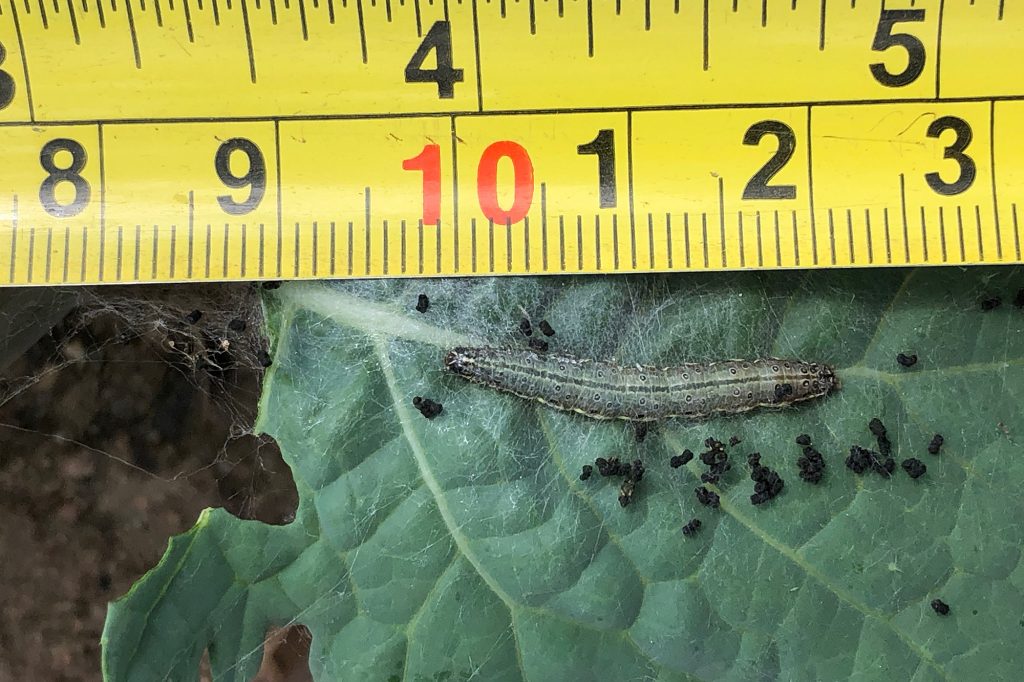
…learn more about pests and beneficials
Having a pest species present in a paddock does not always mean action is warranted. There are many factors that can influence the likelihood of economic crop damage, and knowing more about a species can help you decide whether to act or not.
For example, knowing about the lifecycle of a pest can help you determine if the crop is at a growth stage that is vulnerable to damage by the species at their current life stage. Or information on a pest’s host range and specificity can show whether a crop is likely at risk of feeding damage.
If a pest species is a cause for concern, we can help you access the best available information on integrated pest management strategies. Our team has access to a wealth of information about broadacre crop pests and beneficials, and we are also well-versed on current knowledge gaps.
If you have any questions about crop insects, don’t hesitate to reach out—we’re here to help.
… attend a workshop
We’re thrilled to share that our annual workshops are back as part of this new investment, kicking off in early 2025.
These workshops, focused on Insect Identification, are designed for growers and advisers looking to build their skills in identifying key pests and beneficial insects found in broadacre grain crops across Victoria and southern New South Wales.
During these hands-on sessions, we dive into insect (and other invertebrate) morphology, life cycles and behaviour, with plenty of opportunity to practice identifying insects using microscopes, keys and other resources.
We’re currently taking expressions of interest to help us decide on workshop locations. We are also keen to hear about what topics are of interest. While the first two workshops will focus on identification, we are open to suggestions for future topics for later workshops. Let us know what you’d like to learn next!
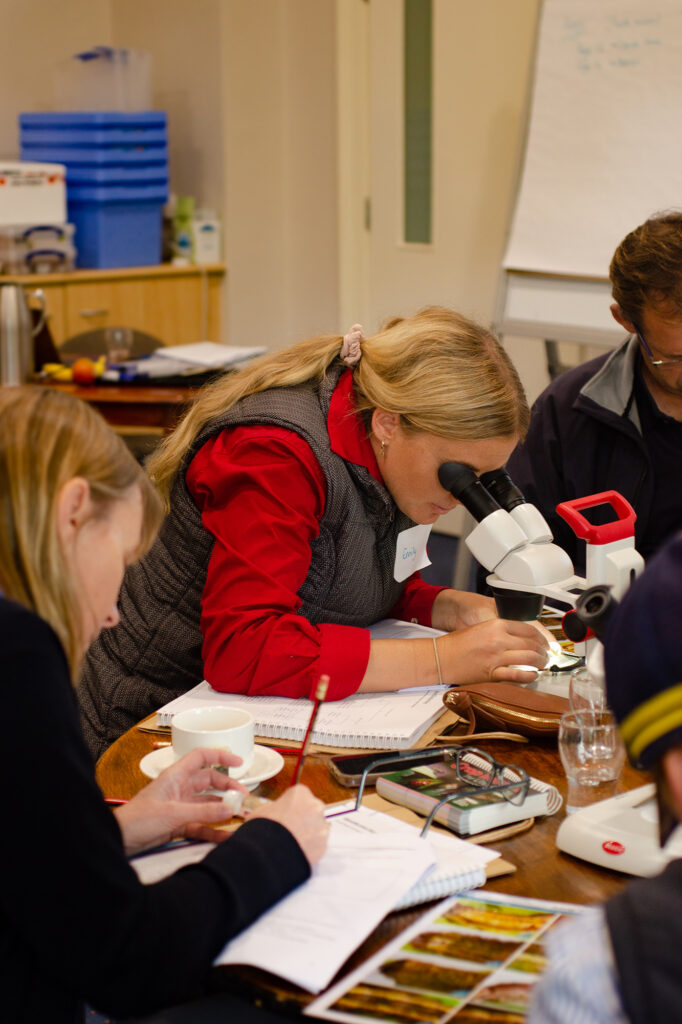

… just talk about what you’re seeing
You don’t have to have a question or identification request to reach out to us.
The quality and relevancy of our service relies upon pest observations and field reports from our subscribers, growers and advisers like you. Your insights help us stay on top of what’s happening in the field.
We’re interested in hearing all questions and observations relating to pest or beneficial insect or other invertebrate activity in broadacre crops – even the ‘usual’ ones!
How to contact us
We’re here to help—reach out anytime:
- Call or text us on 0484 310 697
- Send us an email at pestfacts@cesaraustralia.com
- Download the PestFacts reporter app at Google Play or Apple App Store.
Acknowledgements
Thanks to Lilia Jenkins for reviewing this article.
Cover image: Photo by Lilia Jenkins, Cesar Australia


